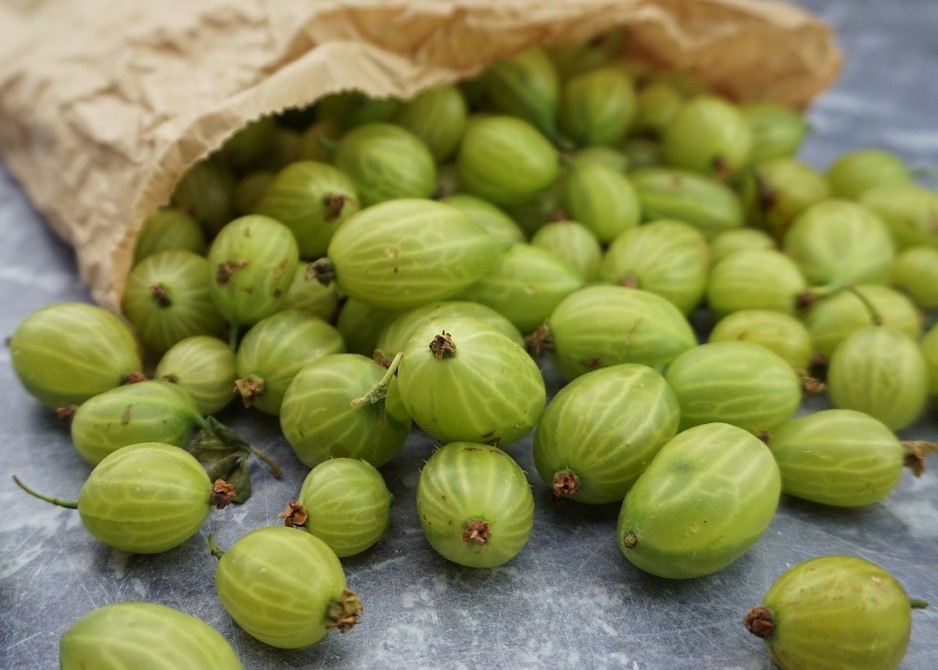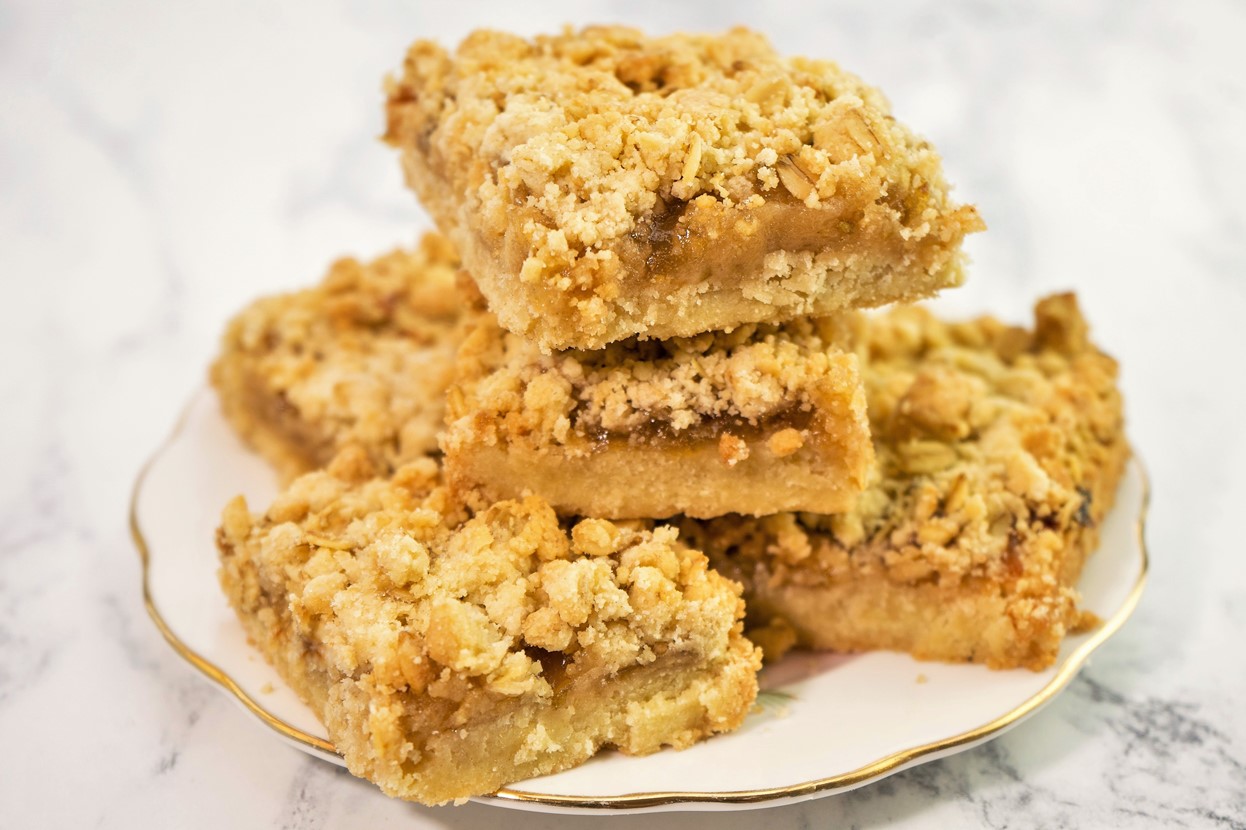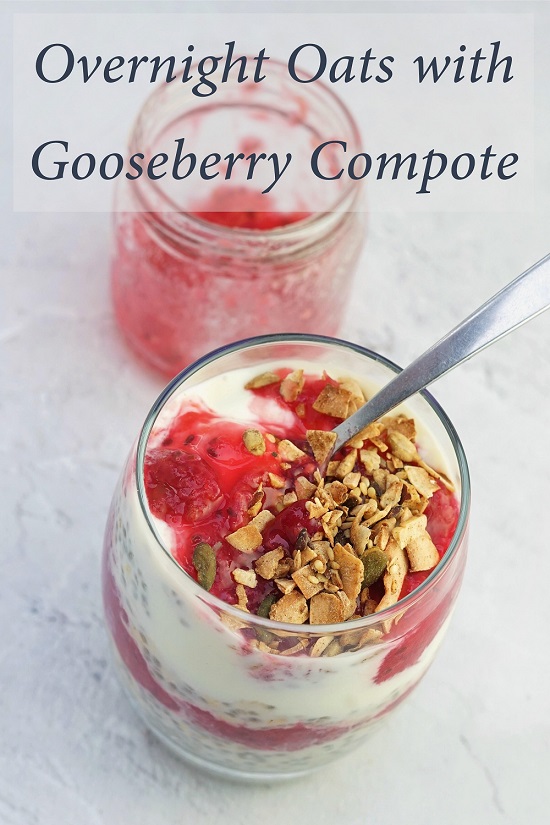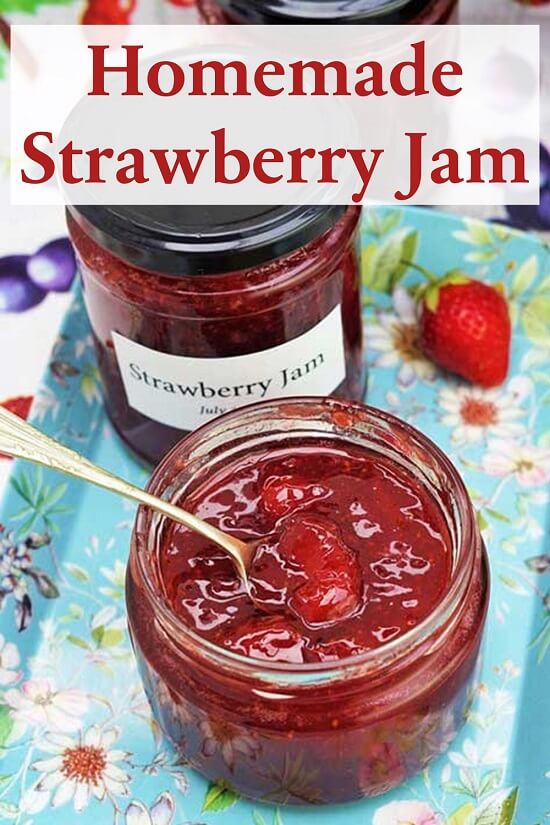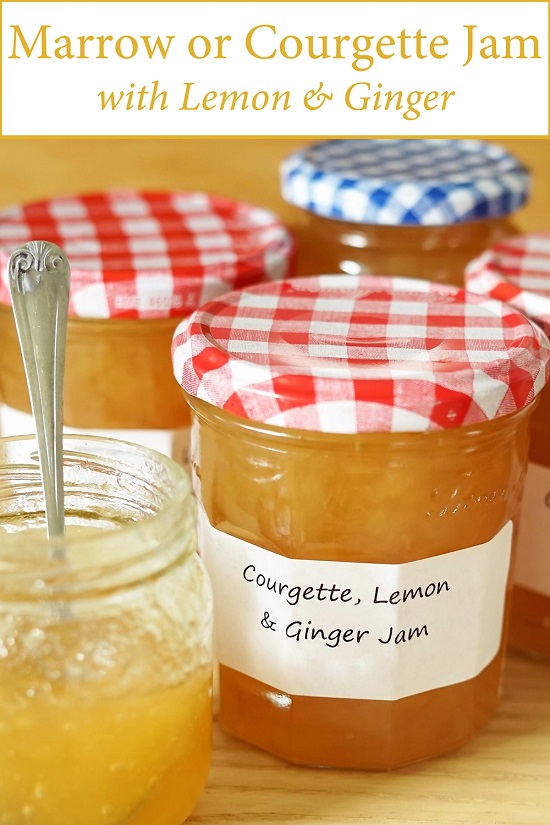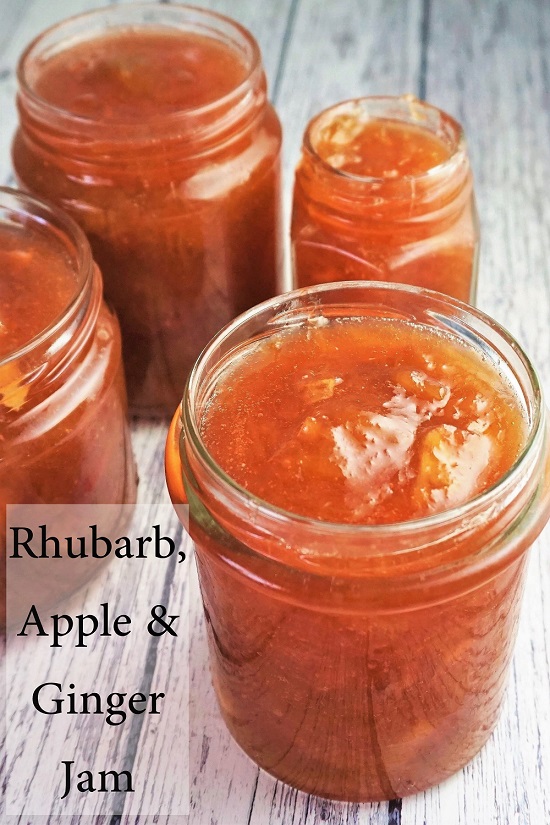Gooseberry Jam
Gooseberry Jam is a great all-round preserve. Try it on crusty buttered bread or toast, a dollop on porridge or natural yogurt. Or how about a classic gooseberry fool whipped with cream?
With a few tweaks you can even use my homemade Gooseberry Jam alongside savoury foods like smoked mackerel, rich meats and curries.
Any easy preserve, you can even make it from frozen gooseberries, as I’ve done here.
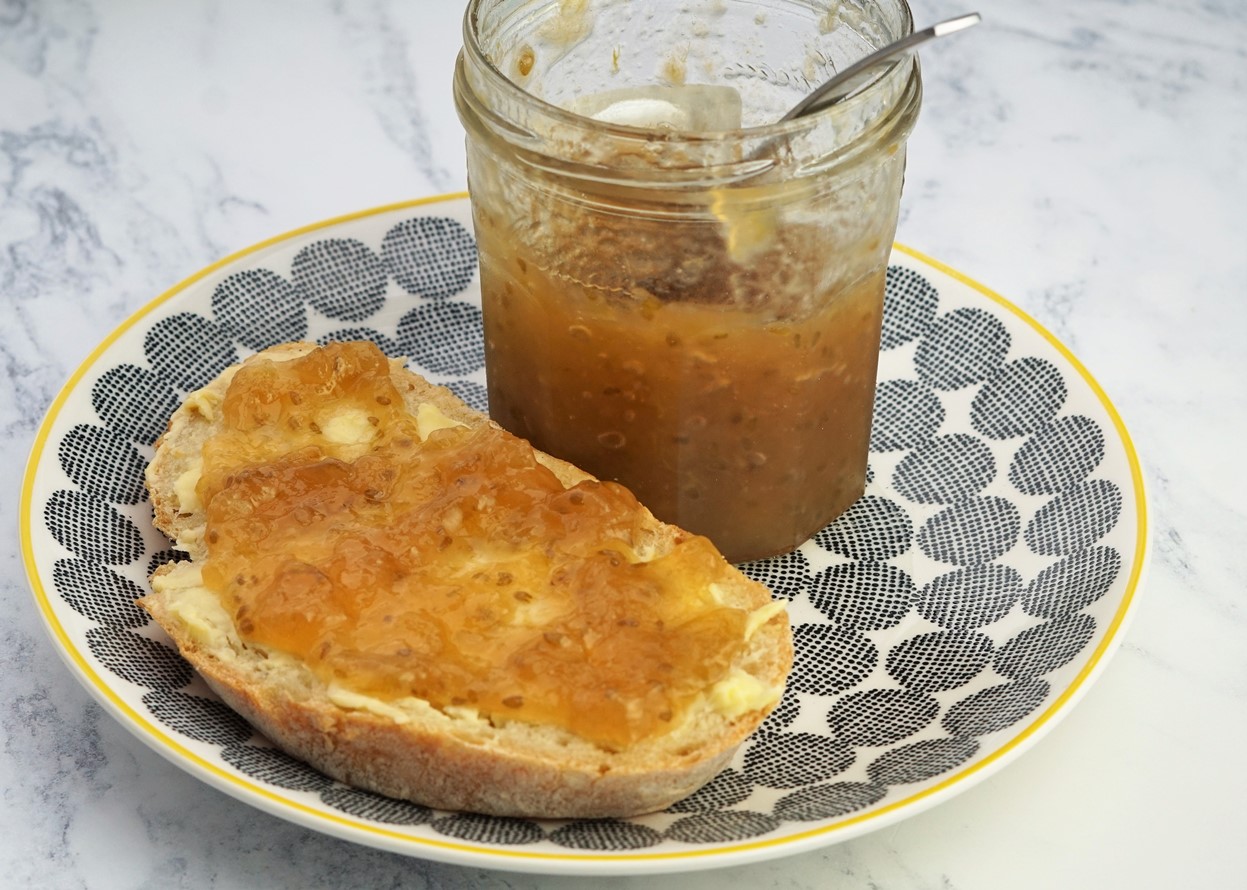
Jump to Recipe
CHILDHOOD MEMORIES
Gooseberries were one of the fruits I grew up with. Dad cultivated lots of fruits and vegetables in our back garden and Mum would turn them into jams, puddings and pies. Among them were rhubarb, damsons, currants, raspberries and strawberries as well as gooseberries).
At the time, it irked me that Mum didn’t de-stone the damsons when she made them into a pie. We had to be so careful not to bite down on one. But now, the memory of playing ‘tinker, tailor, soldier, sailor, rich man, poor man, beggar man, thief’ with the stones is a cherished one. Wondering about the origin of ‘tinker, tailor’, I found this piece in The Atlantic. It’s based on novelist Jim Crace’s childhood memories of the nursery rhyme, along with damson pies and ‘scrumping. A lovely read, so much of it resonates with me.
But I’m here to talk about gooseberries. Or, as we would have called them, goosegogs, which was always pronounced ‘guzzgogs’.
GOOSEBERRIES
Although it’s possible to get late season sweet or dessert gooseberries that tend towards to pretty pinks and purples, to me gooseberries are all about the early ones. Green, tart and firm.
Perhaps that’s because, roaming about my childhood garden, always on the lookout for something to nibble (a ripe damson, a couple of strawberries, a fat pod of peas or a tomato that wouldn’t be missed from the ramshackle greenhouse), anything would be considered.
So, when the gooseberries were big and round I couldn’t resist them. It didn’t matter that they were so tart they’d make your eyes water and the sharp thorns would give you a painful scratch.
But maybe most people think of gooseberries as being tart rather than sweet? If so, that’s only sensible as the name is derived from their traditional use in a sauce to eat alongside goose, with the sharpness cutting through the rich, fatty meat.
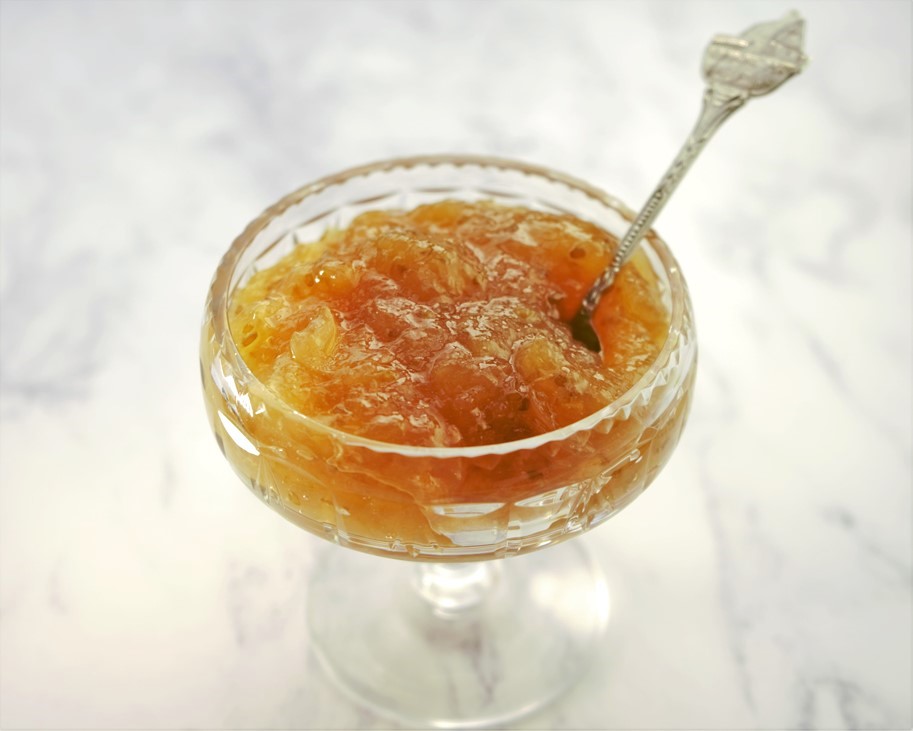
Similarly, gooseberry sauce is a traditional accompaniment to oily fish like mackerel – evident in the French name for this member of the currant family: groseille à maquereau.
MAKING JAM WITH FROZEN FRUIT
As I write this, we’re almost past the height of the gooseberry season which generally runs from June to August. However, I spotted some punnets at a local greengrocer’s just before I went off on holiday towards the end of June. So, thinking ahead, I bought a couple and stuck them in the freezer, ready to make some jam when I got back.
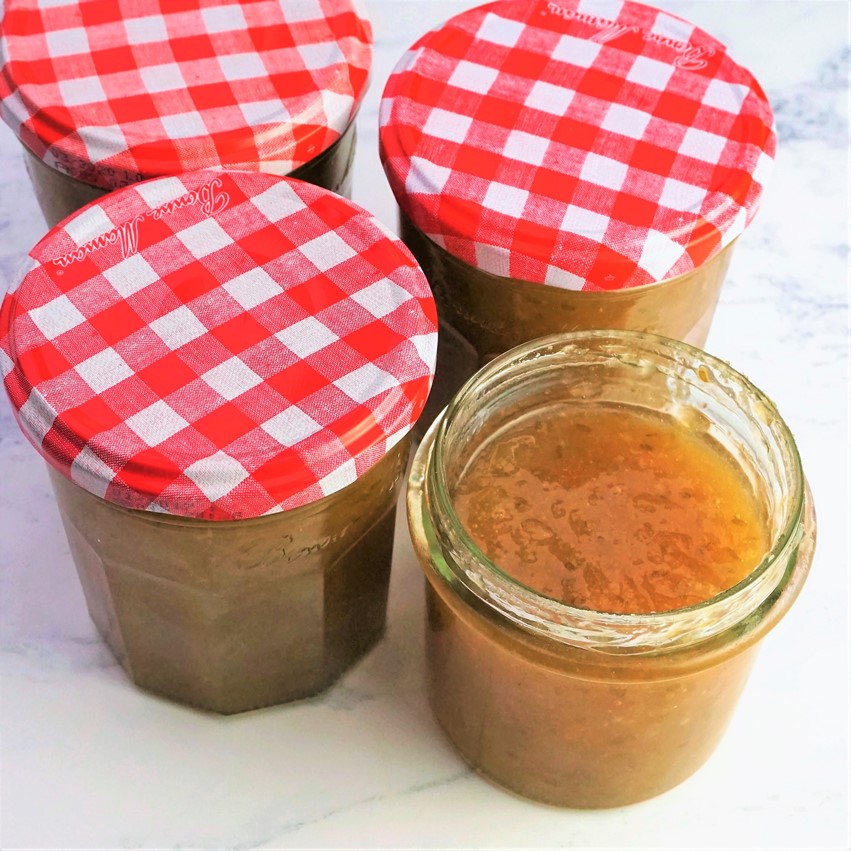
Freezing does make the once-firm berries soft, but that really doesn’t matter because for jam you need to cook them until they’re soft anyway.
BEGINNER’S GUIDE TO JAM MAKING
If you’ve never made jam before, rest assured that it’s really not difficult. If you like, take a look at my Beginner’s Guide to Jam Making.
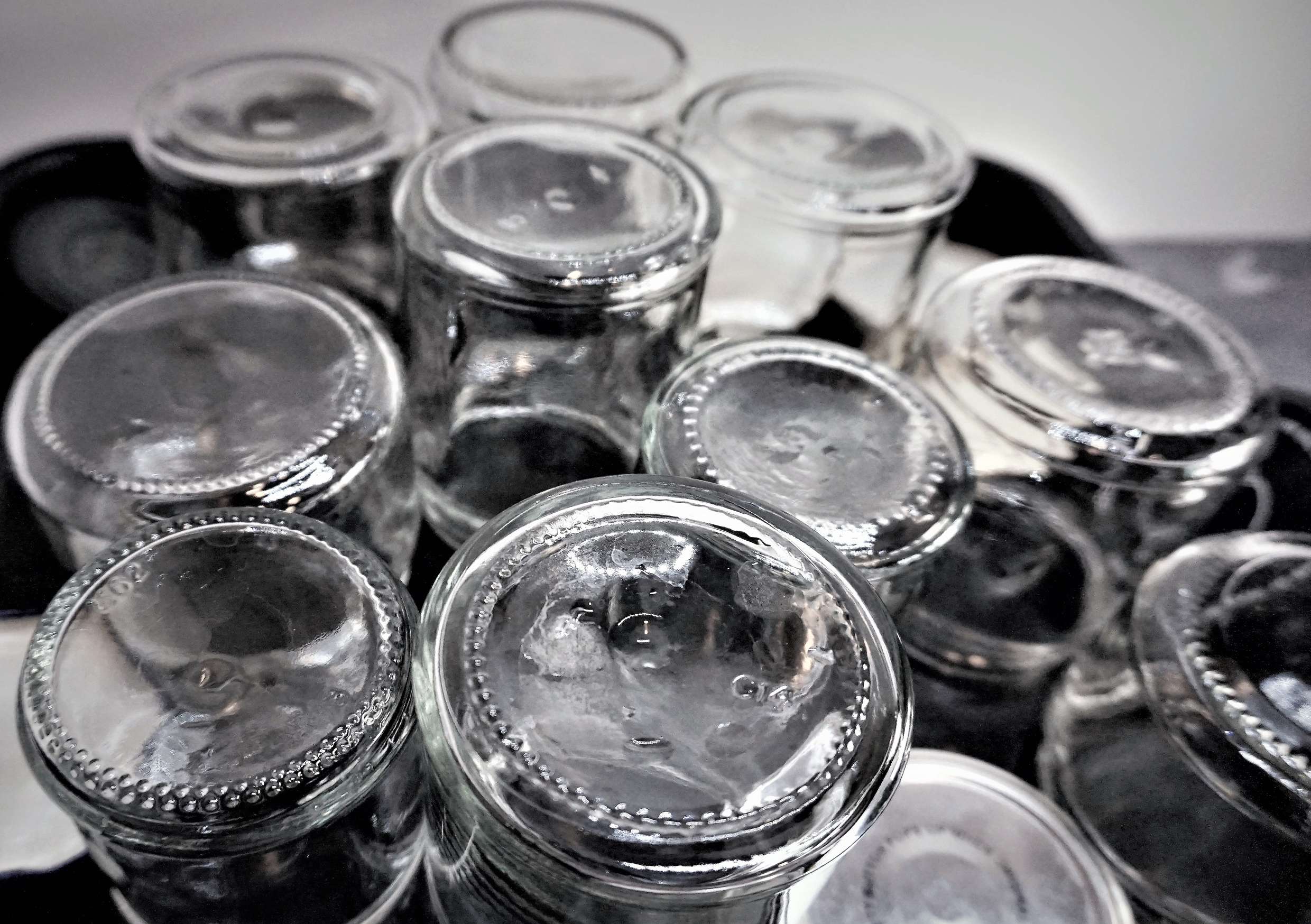
You’ll find a detailed recipe for Gooseberry Jam at the end of this post, which will make 3-4 jars of jam, but the basics you need to know are:
- Jams are made by cooking fruit (or sometimes vegetables) with sugar until set.
- Fruits (and some veg) contain various amounts of a natural setting agent called pectin which is released during the cooking.
- When the fruit has been cooking for a while, we need to test for a ‘setting point’. This means that the jam will not be runny once it’s potted up and cooled down
THE ROLE OF SUGAR
The tartness of any batch of gooseberries will vary according to the season, the variety and their ripeness, so you’ll need to adjust the amount of sugar to your own taste.
I used the same weight of sugar as the topped and tailed gooseberries. Add more sugar if necessary, but if you want a less sweet jam, remember that sugar plays an important role in releasing the pectin from the fruit and also in preserving the finished jam. This means that a low sugar jam may not set as well as a regular jam and is best kept in the fridge rather than a kitchen cupboard.
For this recipe, I had 700g of gooseberries after topping and tailing so used 700g of sugar plus the juice of half a lemon. Gooseberries, particularly less ripe, green ones, are high in pectin so you shouldn’t have any problems getting the jam to set.
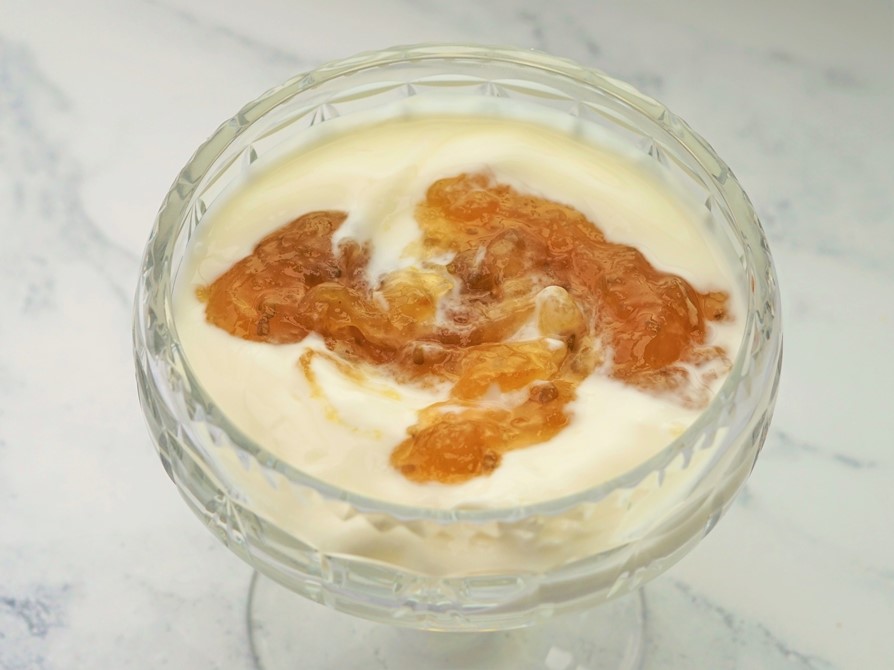
You may also find that if you use riper gooseberries, even if they start off green, that the finished jam is a little pink or even quite red. My gooseberries were medium ripe and the resulting jam was a greenish shade in the jar but looked golden against creamy coloured butter and yogurt.
NOT JUST FOR TOAST
Like any jam, the gooseberry version is perfect with good, crusty bread or toast and plenty of butter.
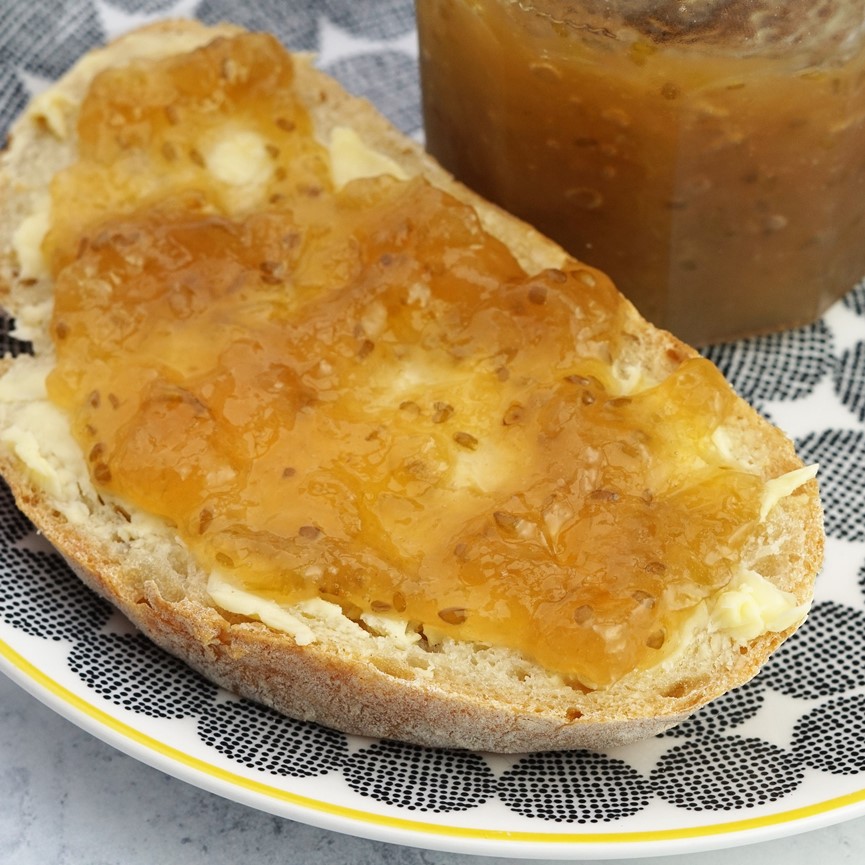
I’ve also started using homemade jams for quick breakfasts, puddings and sweet snacks by swirling a tablespoonful or so into plain, full-fat yogurt. I think this works particularly well with slightly tart jams like gooseberry or those like my Rhubarb, Apple & Ginger Jam that have a spicy edge.
QUICK GOOSEBERRY FOOL
Taking the idea of homemade jam served with yogurt a step further, you can make a fabulous fruity and creamy Gooseberry Fool using gooseberry jam. I replace half of the usual cream with plain yogurt – the pudding is still creamy but nice and light too.
For 4-6 people: with electric beaters, whisk together 150ml of full fat yogurt with a few drops of vanilla extract and icing sugar to taste . Beat in 150ml of double cream until it goes thick. Fold in 3-4 tablespoons of gooseberry jam then transfer to a serving bowl and chill in the fridge for an hour. Serve on it’s own or with crispy biscuits or shortbread.
CHEAT’S GOOSEBERRY CRUMBLE WITH SHORTBREAD LAYER
When I think of gooseberries in puddings, a rich and buttery Gooseberry Crumble comes to mind. But if you don’t have fresh gooseberries then a very good substitute is to use gooseberry jam in my recipe for Jammy Shortbread Oat Crumble Squares.
Delicious cold, you can also reheat the crumble squares in a microwave for a few seconds and serve with cream, custard or ice cream. This makes a lovely and quick crumble-like pudding, with the extra pleasure of a layer of shortbread at the bottom.
SAVOURY USES FOR GOOSEBERRY JAM
Tart gooseberries can also accompany savoury dishes and are a classic pairing with oily and smoked fish such as mackerel. Pork also goes well with tart fruits (think apple sauce) and, with a little tweak, my Gooseberry Jam can be a substitute for fresh cooked gooseberries in all sorts of savoury sauces:
- stir in a little balsamic vinegar to add a savoury note and use with pork or goose
- mix with some jarred creamy horseradish to serve with mackerel. Especially good alongside homemade smoked mackerel fishcakes.
- heat some black mustard seeds and chilli flakes in a little sesame oil until the seeds pop. Add a drop of mild vinegar then stir everything into some gooseberry jam. Serve as a spicy condiment, much as you would mango chutney, to accompany poppadoms, curries etc.
- mix with sweet chilli sauce, thin with lime juice if liked, and use as a dipping sauce for Thai fish cakes, sweetcorn fritters, spring rolls etc.
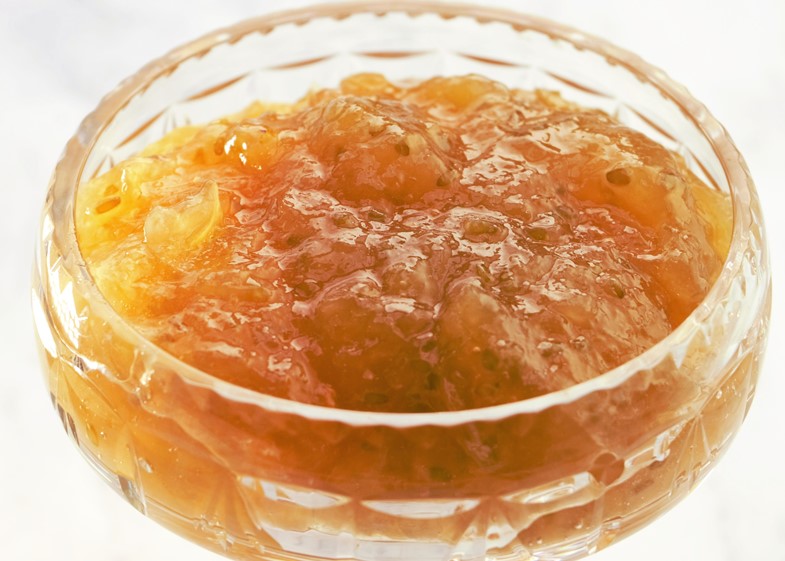
I think Gooseberry Jam is a wonderfully versatile preserve. And you won’t get better than homemade.
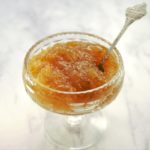
Gooseberry Jam
Simple but delicious jam, great on buttered bread or toast, porridge and yogurt or made into a quick gooseberry fool. Can also be used with savoury foods such as smoked mackerel, rich meats and curries.
Ingredients
- 700 g gooseberries topped and tailed
- 300 ml water
- 700 g sugar
- 0.5 lemon, juice only
Instructions
-
Put 2 or 3 small saucers in the freezer; they'll be used to quickly cool teaspoons of jam to find when the setting point has been reached.
-
Put 4 washed, rinsed and drained jars and lids on a baking tray and place in an oven at its lowest setting. Turn off the oven when the jars are hot, but leave them inside until you're ready to pot the finished jam.
-
Put the prepared gooseberries in a large, deep and wide saucepan, add the lemon juice plus enough water to cover. Bring to the boil, turn down the heat and leave to gently cook until soft and pulpy (10-15 min).
-
Add the sugar and stir while it slowly dissolves.
-
Once the sugar is completely dissolved, turn up the heat and bring contents to a boil.
-
Keep the jam at a rolling boil until setting point is reached (15 - 25 min).
To test for setting point:
Take the saucepan off the heat.
Flake test: Take some jam on a wooden spoon, cool it a little, then let it fall off the edge of the spoon. If the final bits of jam come together into 'flakes' rather than running off in a stream then proceed to the Saucer test. If it doesn't flake, boil for another 4-5min then test again.
Saucer test: Take one of the cold saucers from the freezer, put a teaspoon of jam on it to cool then gently push the jam with your finger. If it wrinkles then setting point has been reached. If not, boil for another 4-5 min then test again.
-
Once setting point has been reached, take your jars from the oven and pack the jam into them. Protecting your hands, put the lids on and leave to cool.
-
When the jars are cold, tighten the lids a little more if possible. Label and store in a cool, dark place.
Ready to use immediately but unopened jars should keep at least a year.
ENJOYED THIS RECIPE? YOU MAY LIKE THESE

